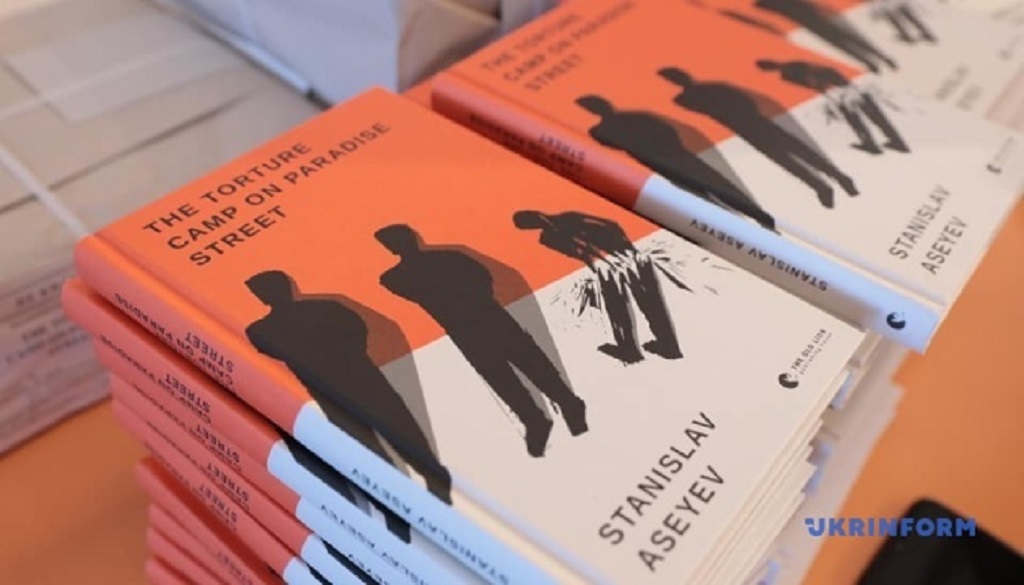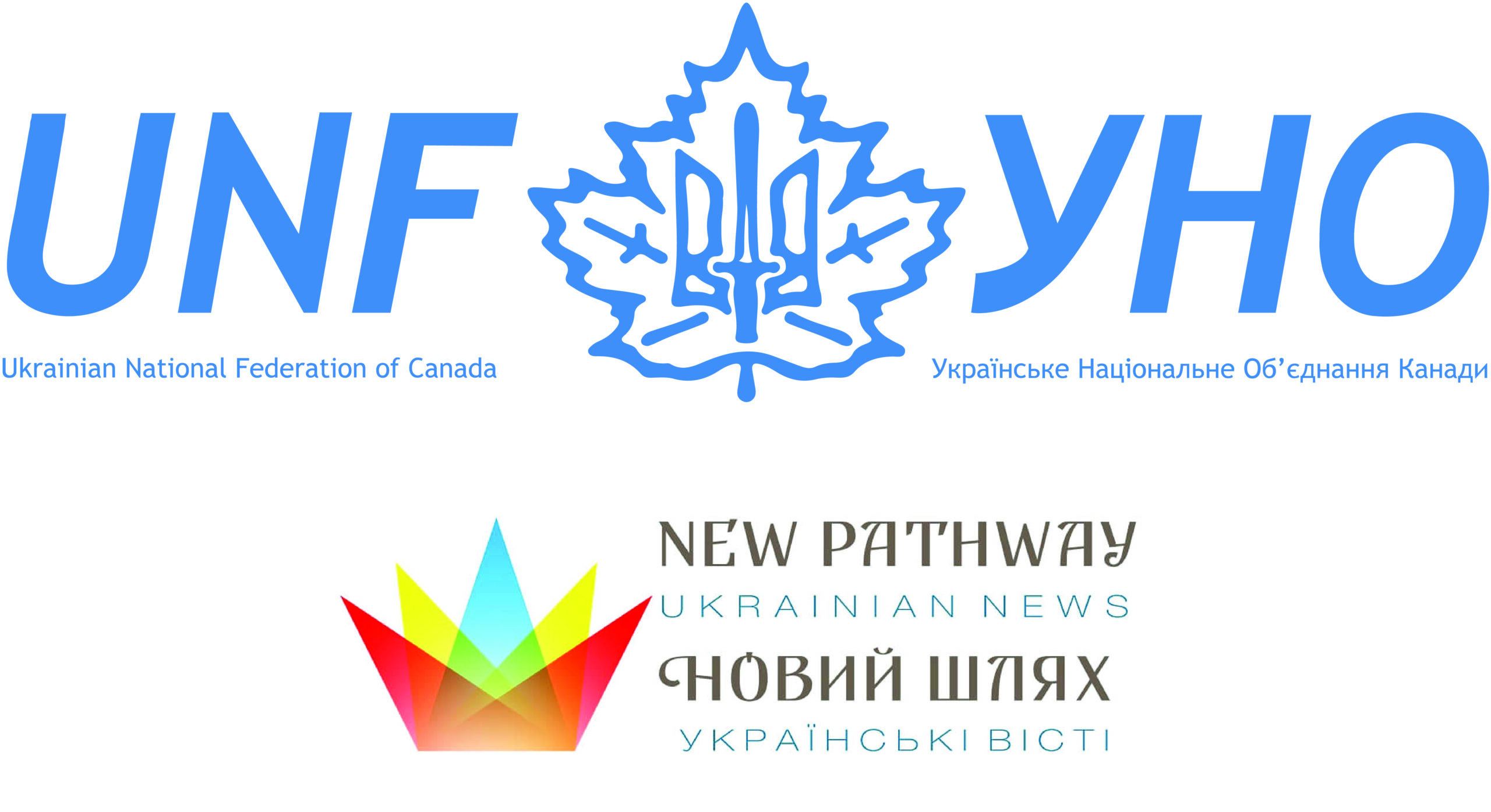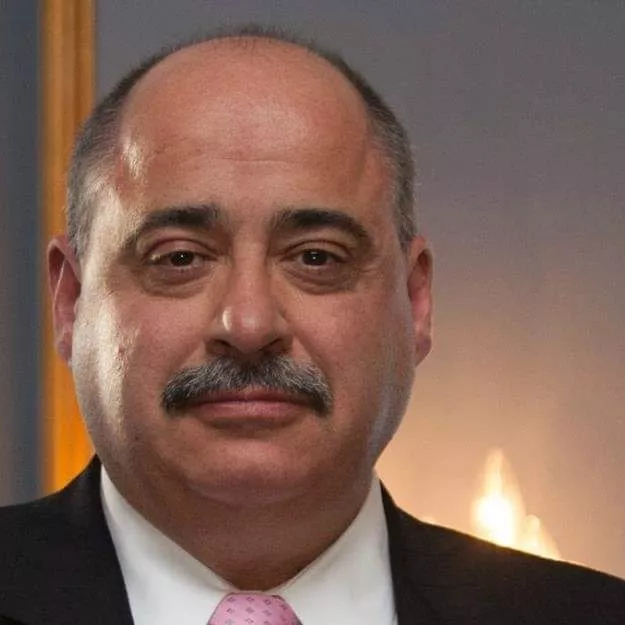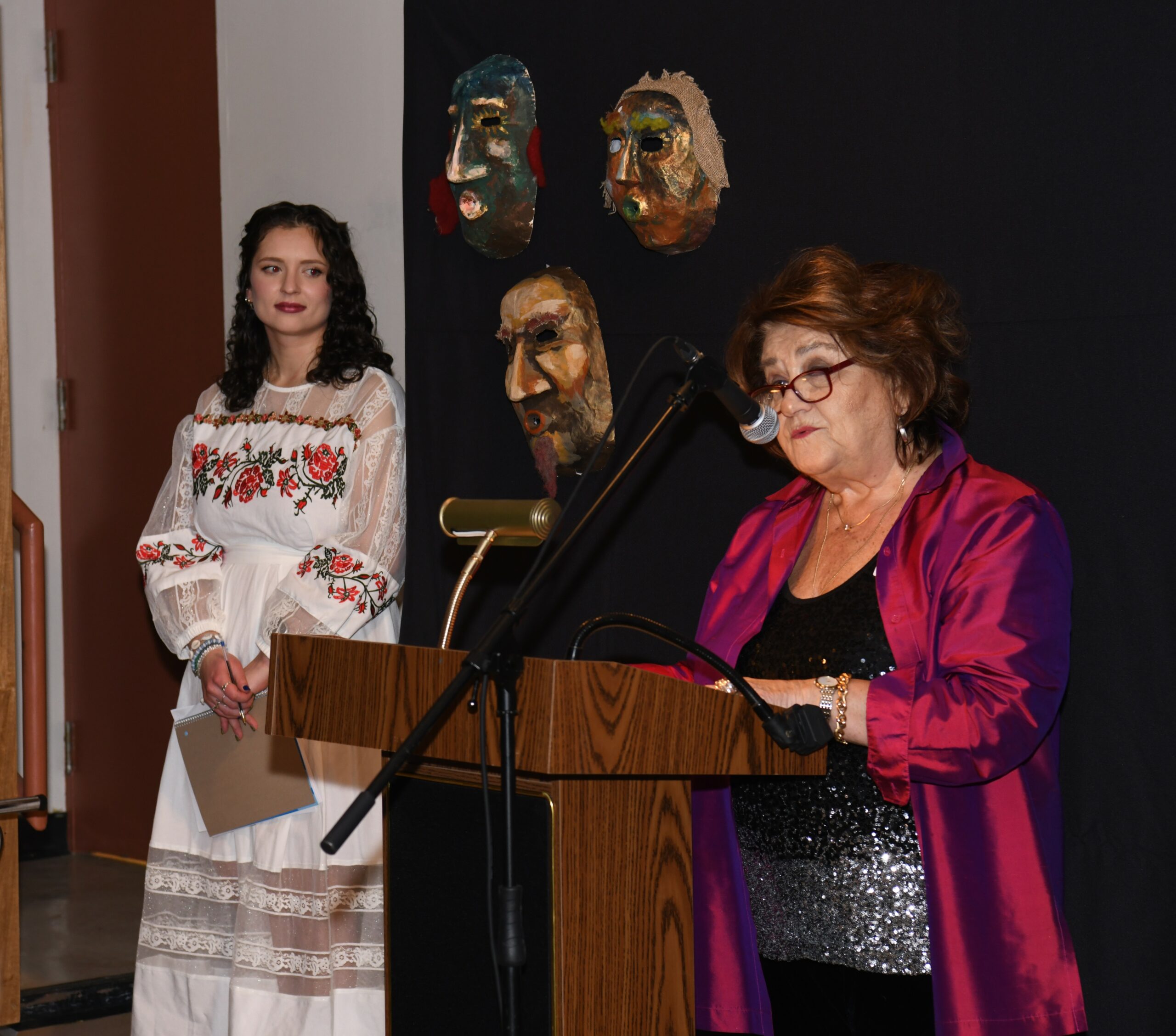I don’t much care for snakes
Oct 30, 2021 | Newpathway
Natalie Wowk for New Pathway – Ukrainian News.
I don’t much care for snakes. I know they are good for the environment. Yet when I’m jogging and spy one on my path I always detour. An irrational recoil, perhaps, but that’s me.
This snake was different. For one thing it was neither alive, nor in my way. Working as a research assistant, I had a chance to poke around a professor’s private library. I found this viper tucked away on a bookshelf, coiled around a swagger stick. Being curious, I touched it. The thing was stiff with age, hand-made. Folk art? Then I saw words carved into its sides: “A Remembrance of the European War of 1914-15-16, 17-18” and “Edgewood, B.C.” Who shaped this serpent? And why?
So I asked the good professor. He told me about Canada’s first national internment operations. Between 1914 and 1920 thousands of Ukrainians and other Europeans were branded as “enemy aliens,” rounded up under the powers of the War Measures Act, transported to 24 internment camps in the Dominion’s hinterlands, and forced to do heavy labour for the profit of their jailers. Many thousands more endured other state-sanctioned censures, including disenfranchisement, not because they had done anything wrong but only because of where they had come from, who they were. As pre-war racism and wartime xenophobia combined, the civil liberties of these immigrants, who were earlier lured to this country with promises of free land and freedom, were abruptly terminated. One place of detention was a camp at Edgewood, British Columbia. That answered my “where” question. But who crafted it and for whom are unlikely to ever be known.
Most Canadians, myself included, have never heard about this historic injustice. In part, that’s because survivors were afraid to speak about what was done to them. Government records were also deliberately destroyed. For me what’s especially galling is that I am partly of Ukrainian heritage, a Kingstonian, born and raised. On a hill overlooking the city stands Fort Henry, a UNESCO World Heritage site, popular with tourists. Few ever learn it was also Canada’s first permanent internment camp. I must admit I grinned at the irony of this, recalling how I once looked into applying for a summer job with the Fort Henry Guard. I would have paraded on the very drill square where German POWs and “Austrian” civilian internees hung out during their imprisonment, where my Ukrainian grandfather would have been confined if he had been around when the Great War broke out.
So I began to consider the issue of redress. How does any society right past wrongs? Answering that can be contentious. While my friends and I were horrified by the news of the unmarked graves of indigenous children, victims of the residential schools, the stringent demands that followed, calling for the removal of monuments to historical figures, were also unsettling. Until just a few weeks ago men like Sir John A Macdonald were honoured as our country’s founding fathers. Now we’re told to think of him as a villain. And so his statue in Kingston came a-toppling down. I am left perplexed: is erasing history a good thing?
Such debates go beyond any particular “race, creed, or colour.” Just before the recent federal election, Prime Minister Justin Trudeau apologized to Italian Canadians. That evoked protests from some historians who, putting this prosaically, argued the “fascists got what they deserved.” Again, discord.
Had Ukrainian Canadians ever demanded an apology and compensation for the First World War internment operations? And, given my paternal heritage, did “my” community suffer what the newspapers nowadays describe as “inter-generational trauma?” That formulation puzzles me. How can any wrong, physical or psychological, become inter-generational? If a grave injury were inflicted upon my great-grandparents how could it have an enduring impact on my life? Does an indignity suffered by one person become part of the genetic makeup of another, unalterably so, or is this about sentiments first nurtured, grievances then implanted, which carry forward only after that? I might eventually study such questions at university – if only I could figure out whether doing so requires taking courses in philosophy or molecular medicine, or perhaps both.
In the meantime I just asked. I don’t have enough words to write everything I heard but the Ukrainian Canadian redress movement was informed by a survivor’s simple prescription: any such campaign “should be about memory, not money.” My professor liked the internee’s instruction. So do I. The answer to whether a severe wrongdoing, psychic or otherwise, can be passed along to succeeding generations still eludes me. However I believe recognizing what happened in history is an imperative, indeed a foundational step on any path to genuine reconciliation. Oddly enough, given my aversion to such creatures, I need to remember how I learned this truth from a snake.
Share on Social Media




































